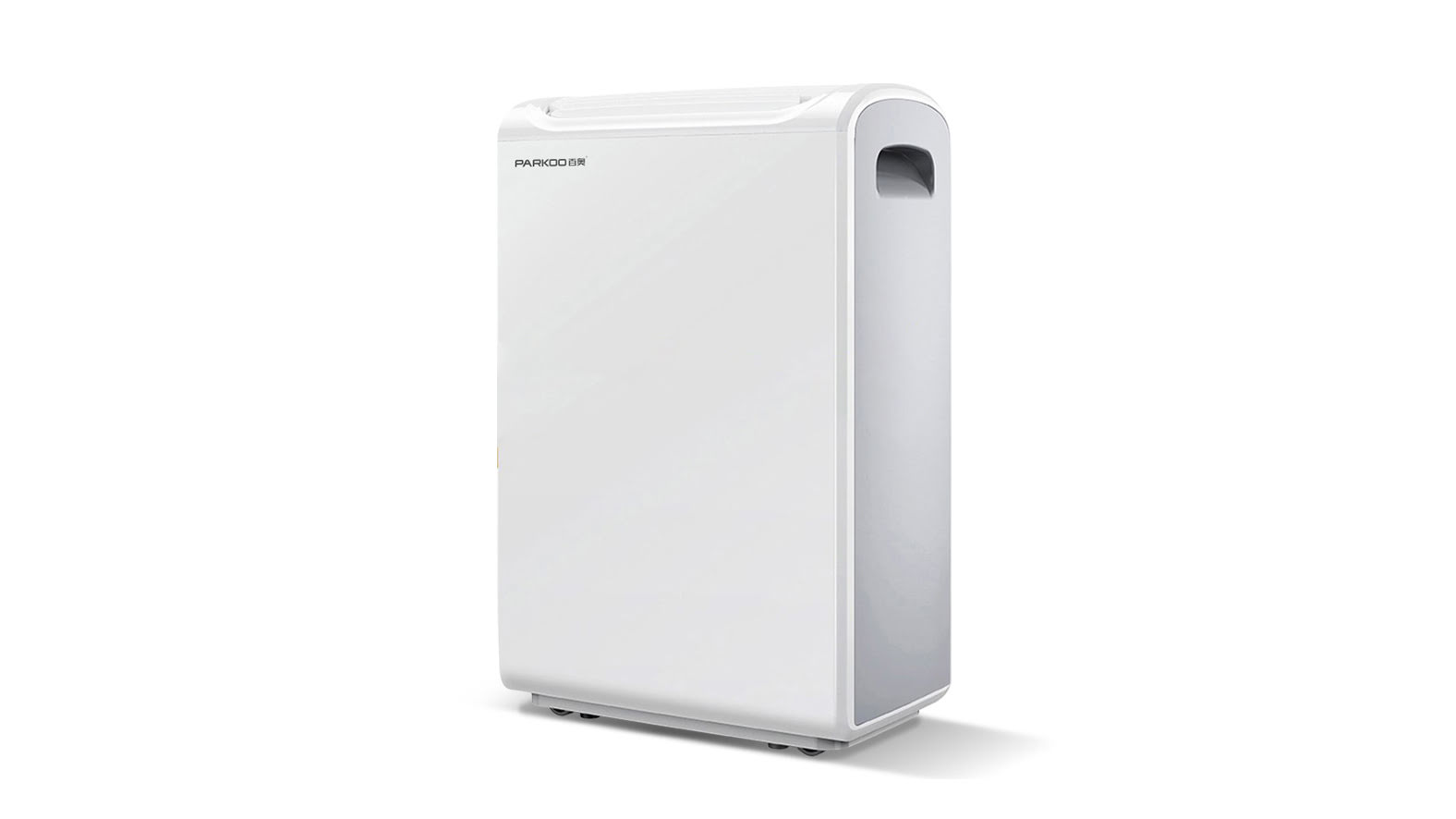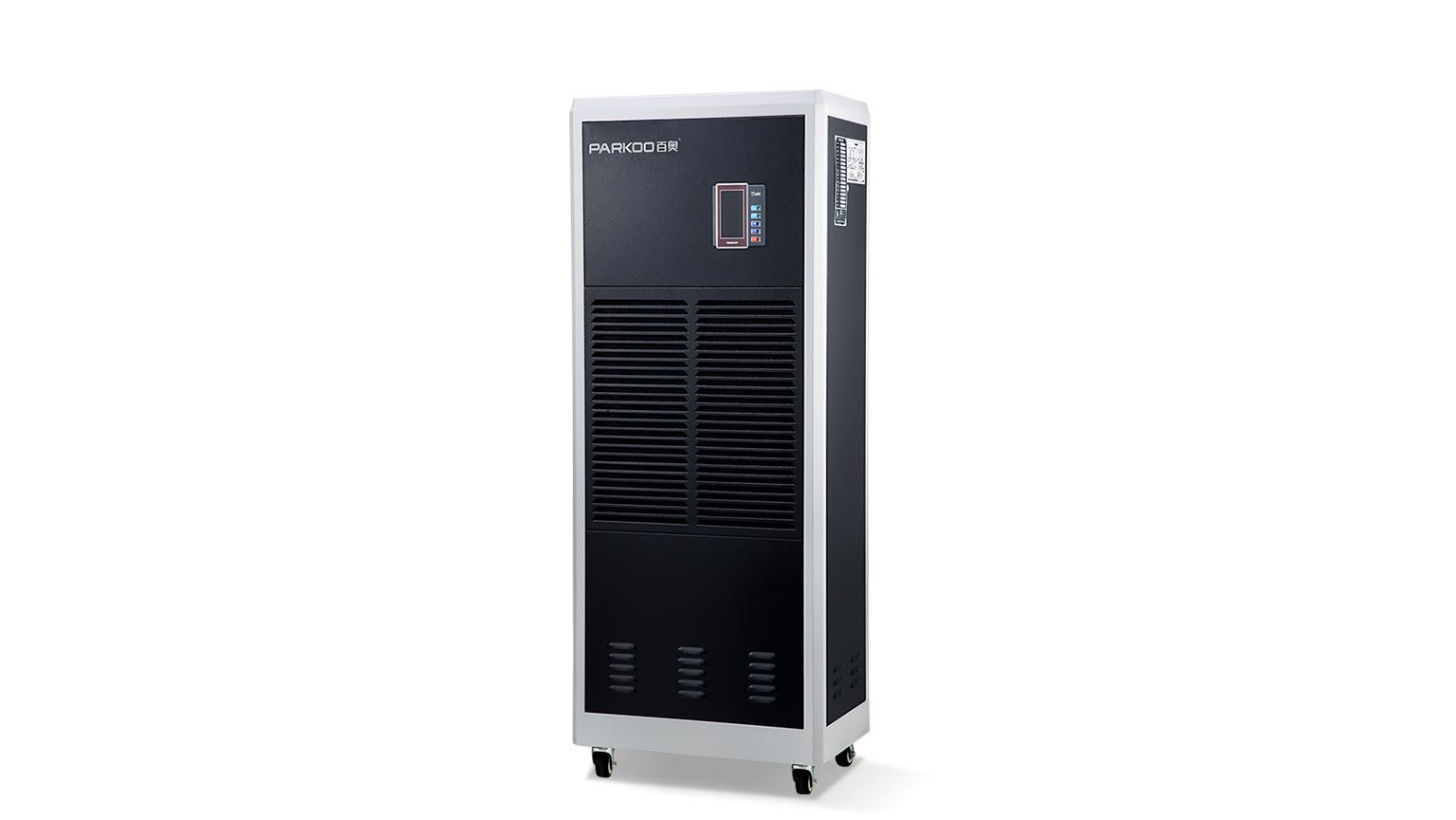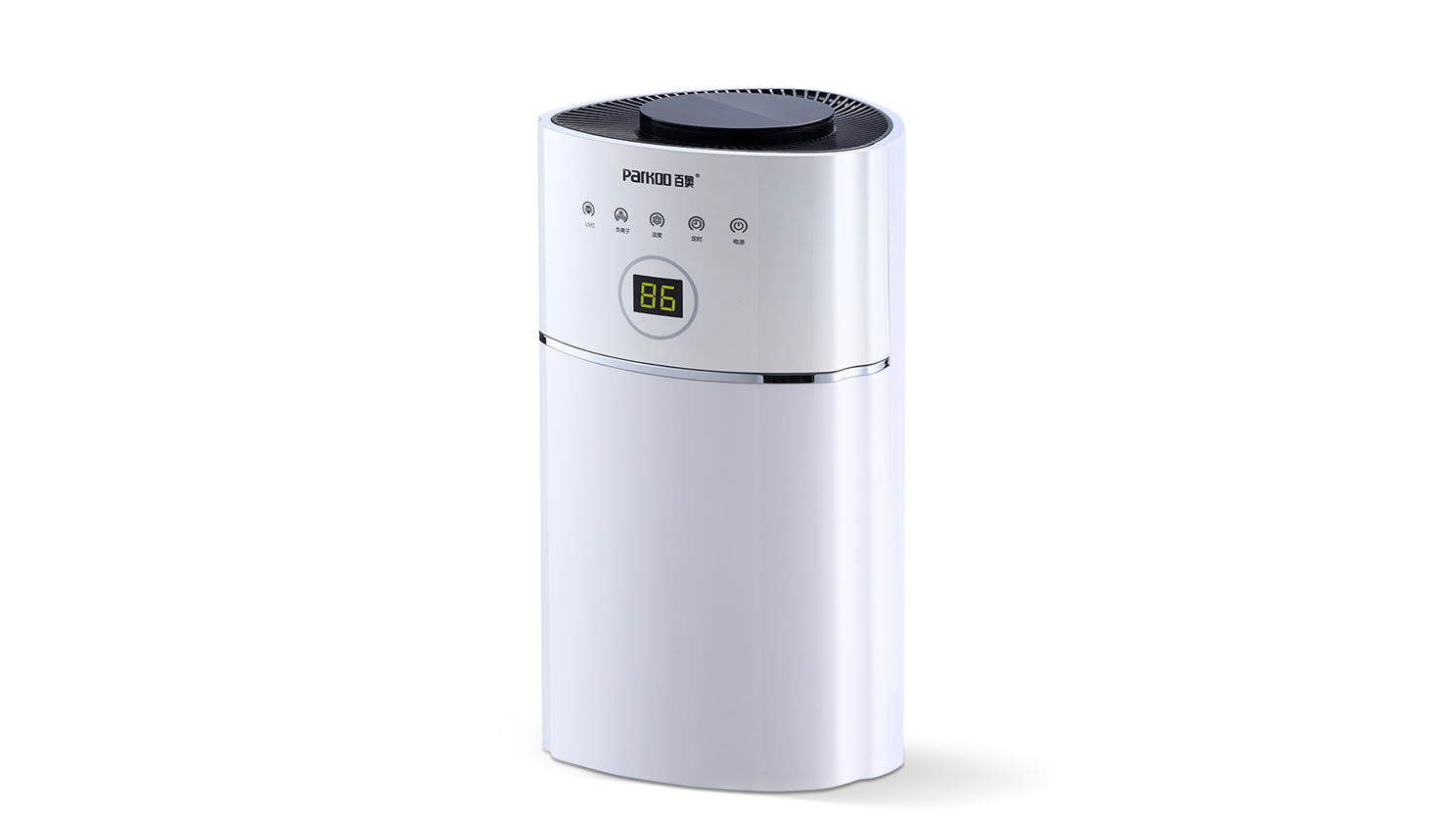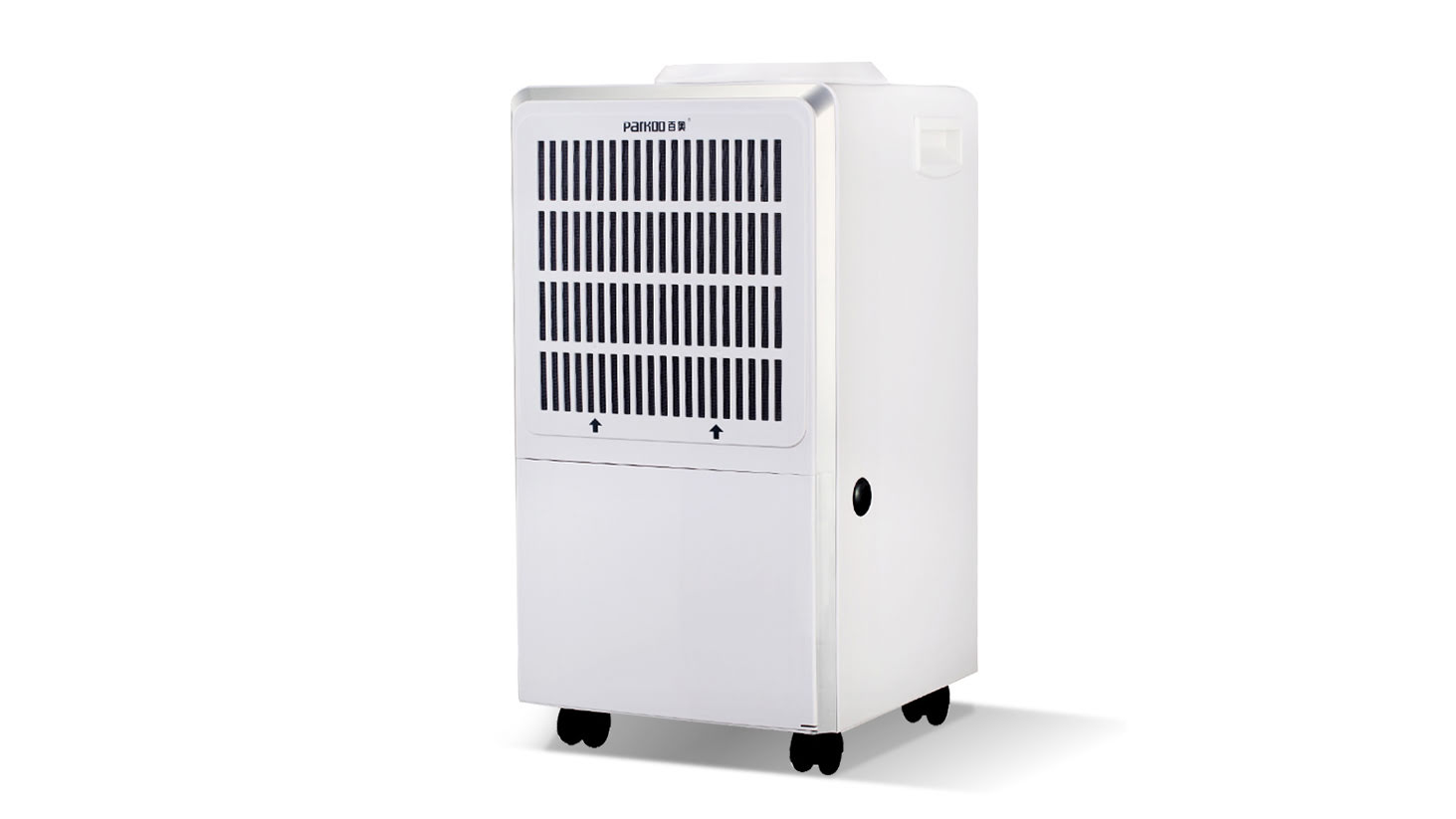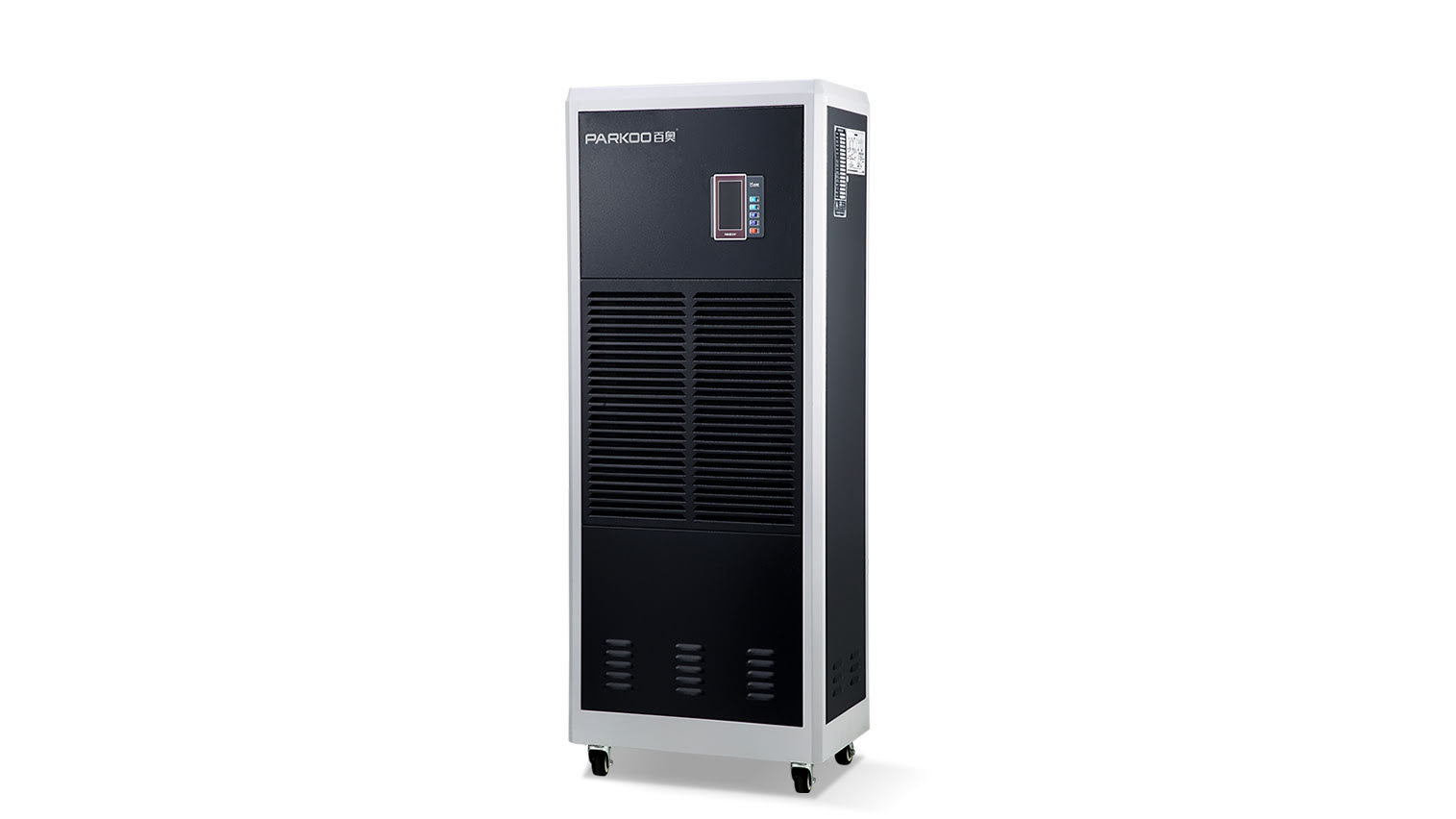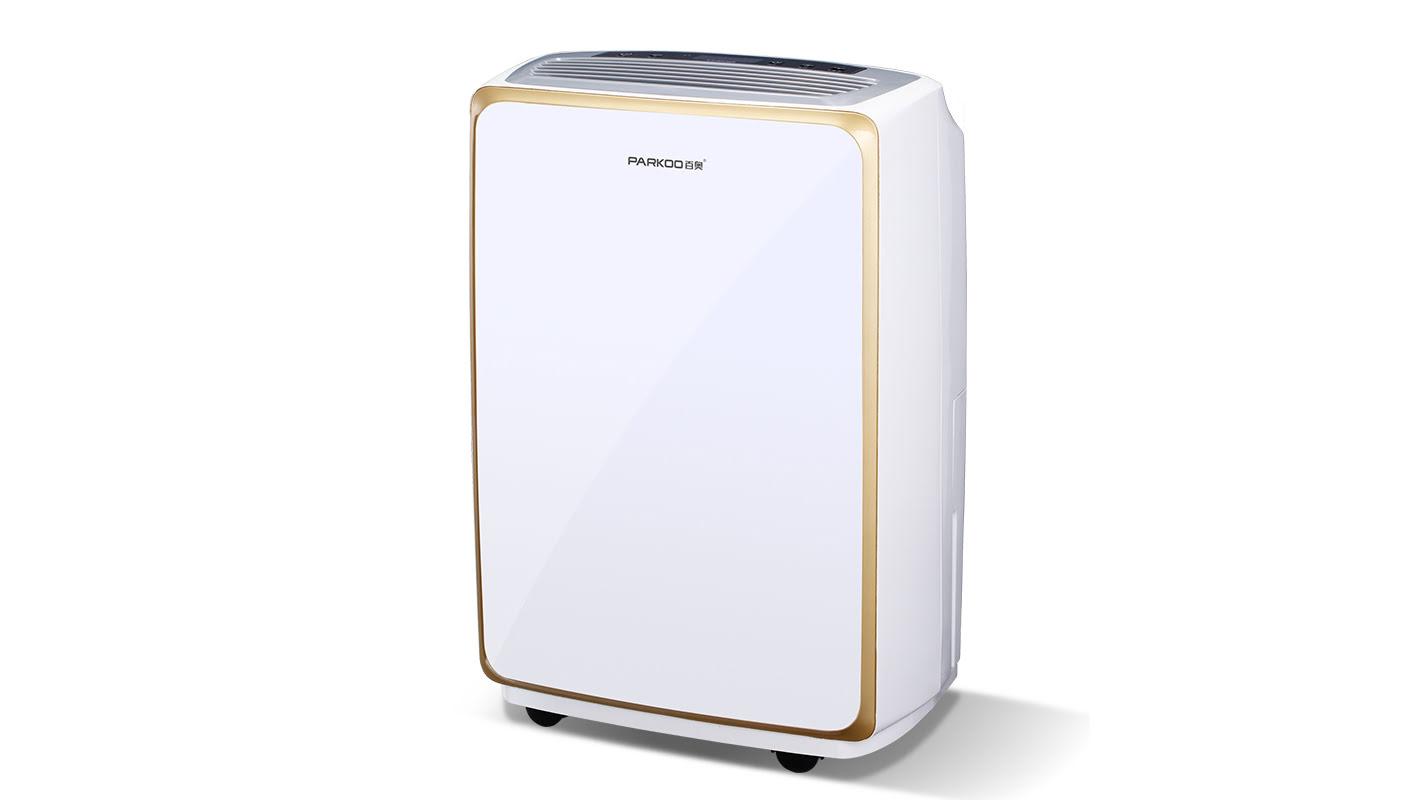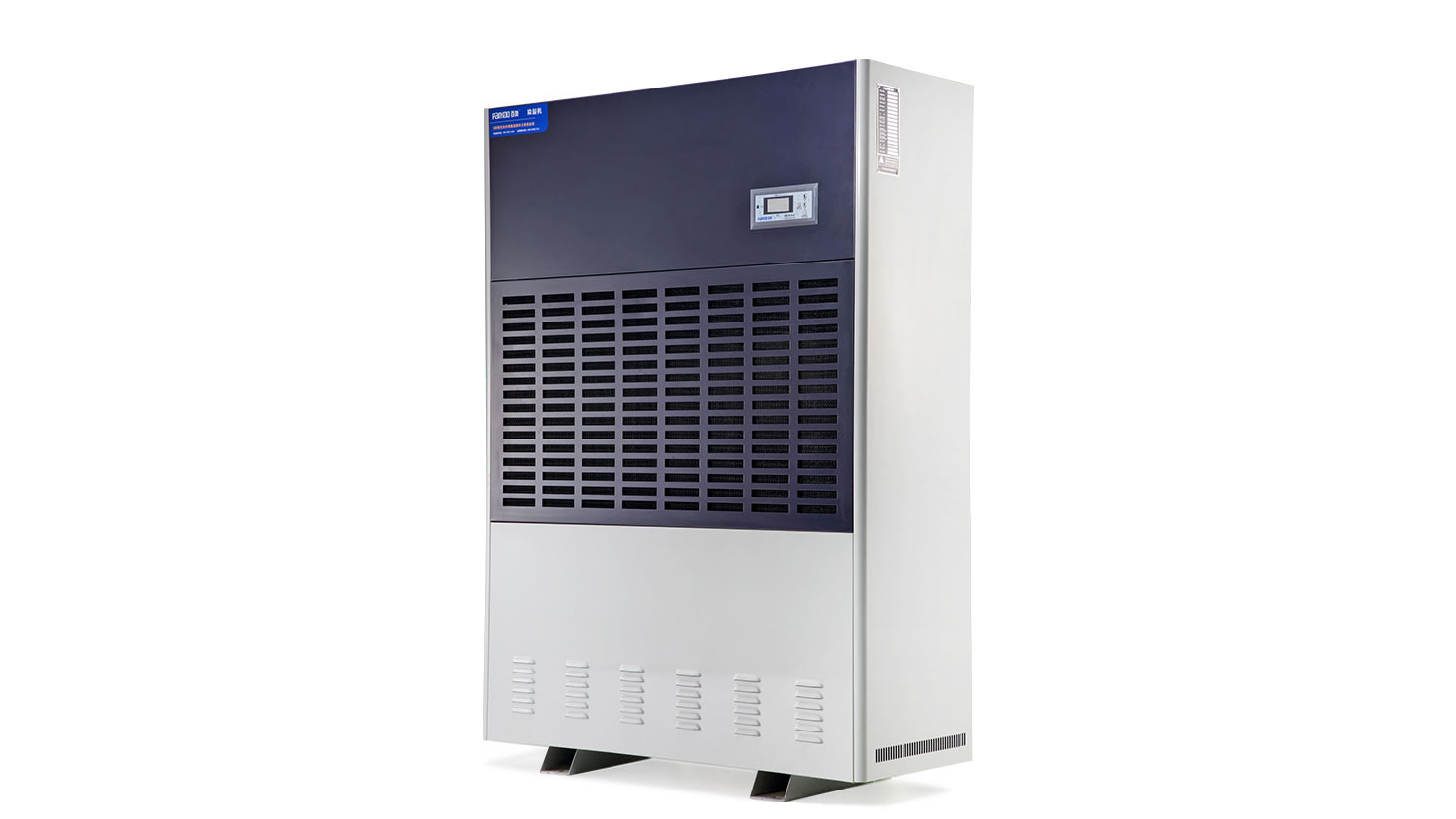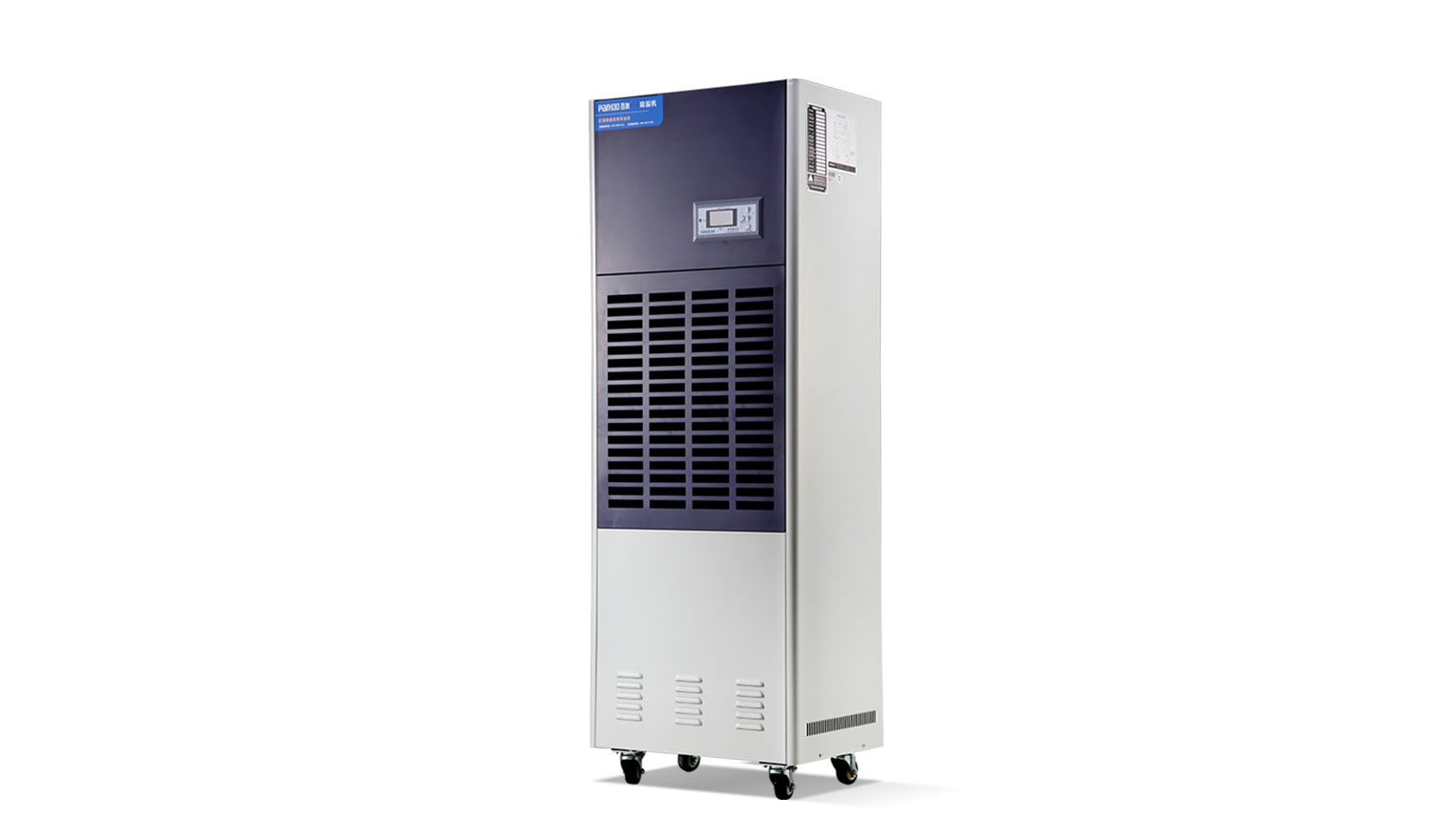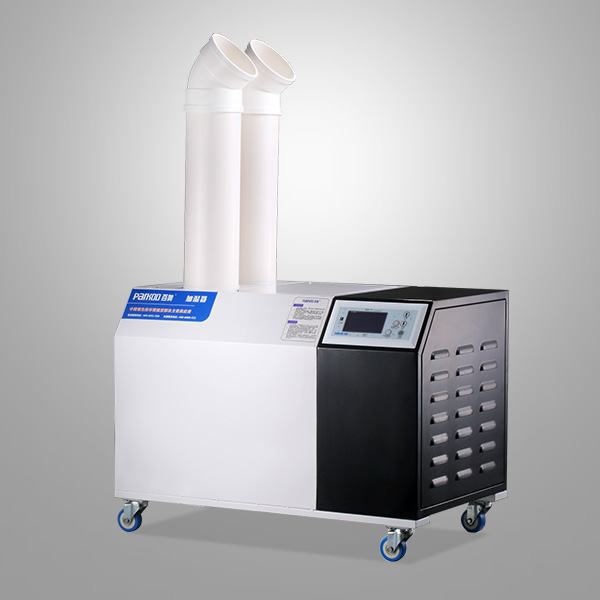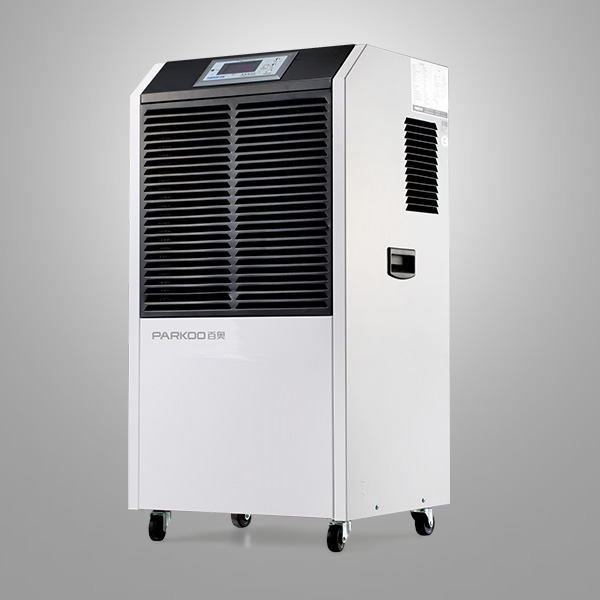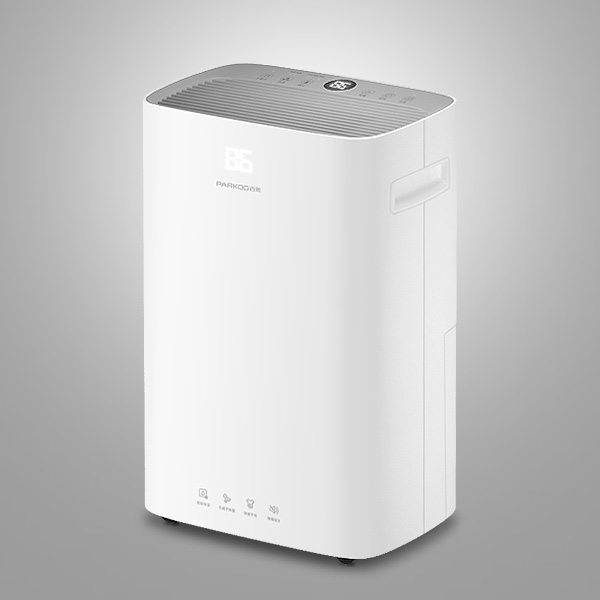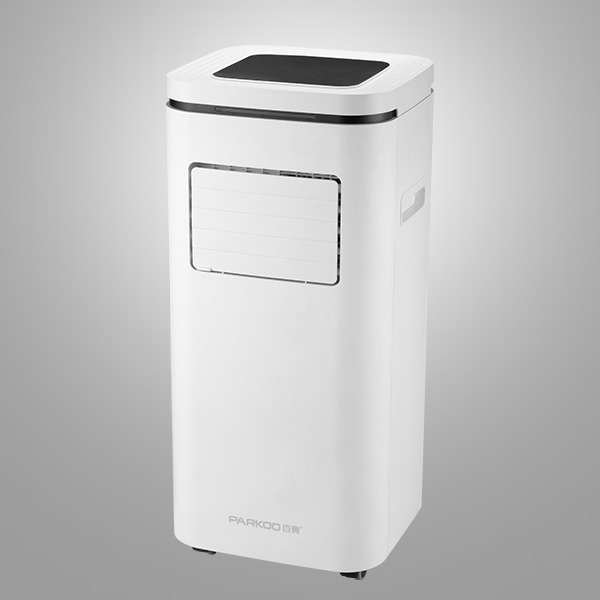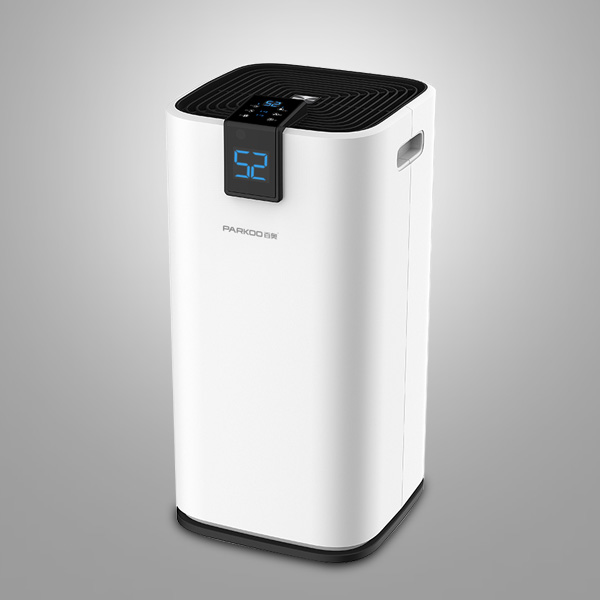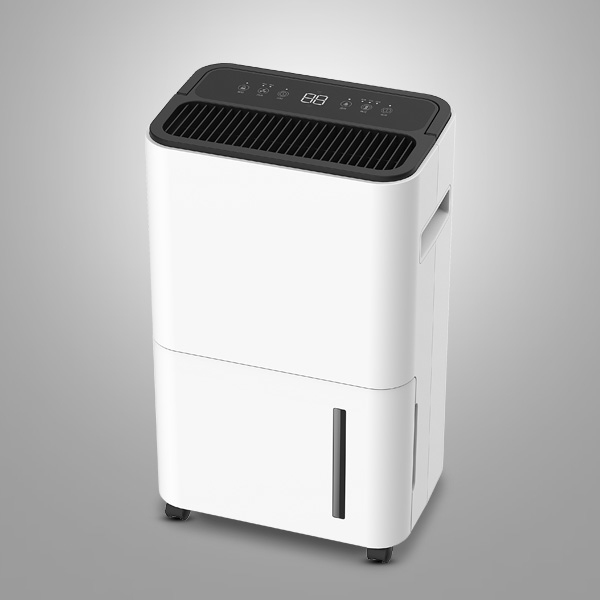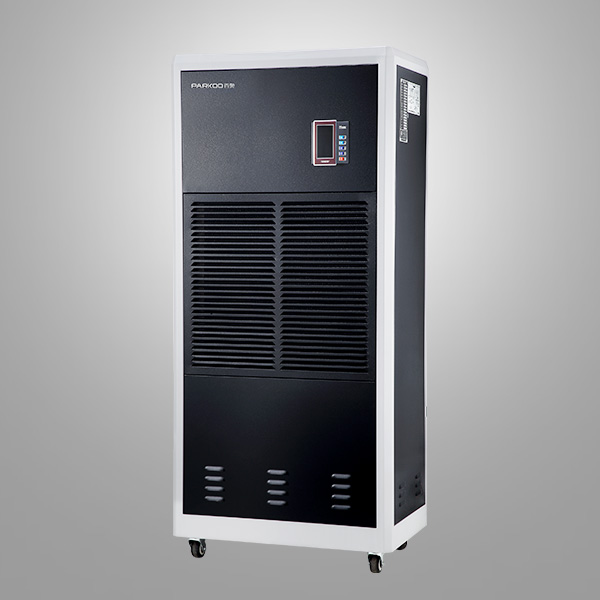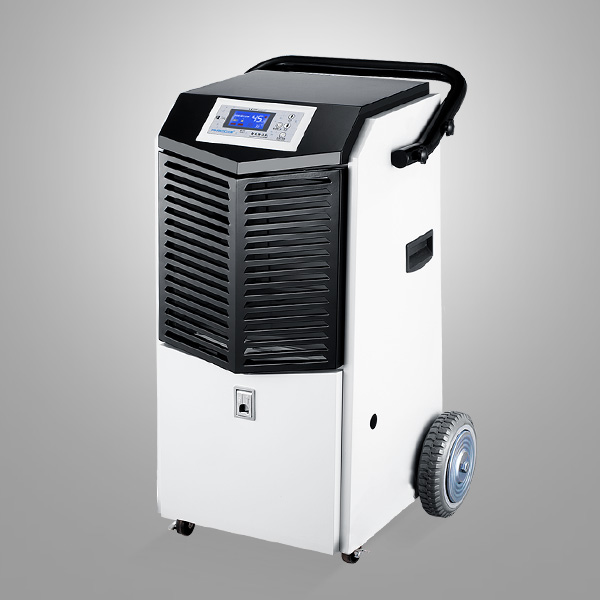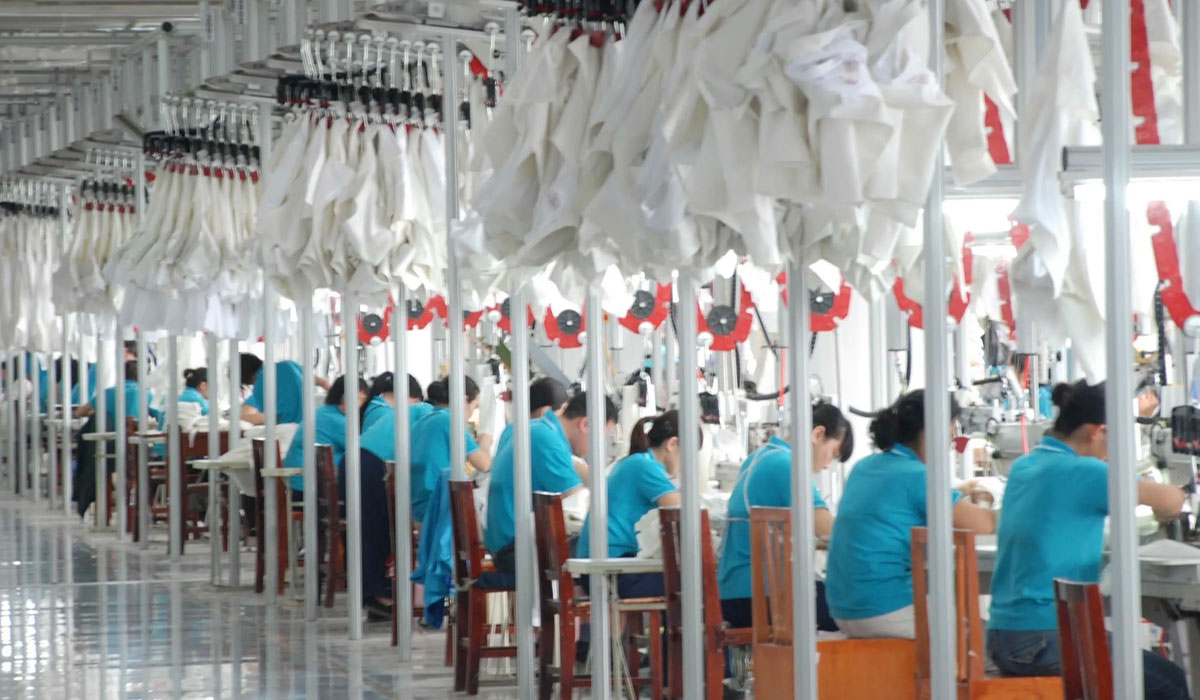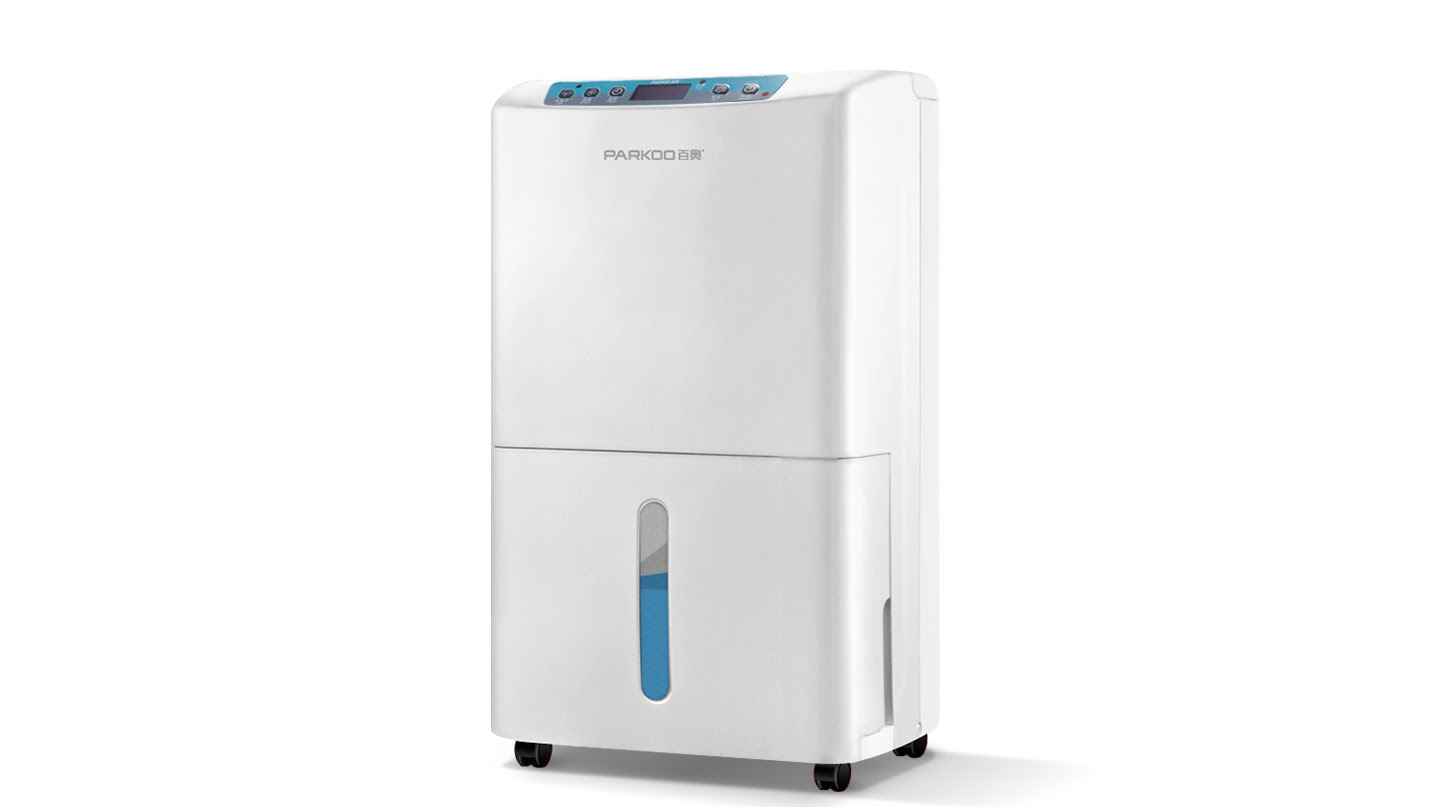When you put something into storage, you want to pull it out just as well as you put it in. Therefore, you need a strategy to reduce the risk of mold and mildew. Here are six tips to help protect your...
When you put something into storage, you want to pull it out just as well as you put it in. Therefore, you need a strategy to reduce the risk of mold and mildew. Here are six tips to help protect your clothing, guns, artwork, books and other moisture-free items.
1. Clean and dry items before storage
Dirt can scratch or leave a stubborn film that can damage items. Similarly, food crumbs can attract rodents or other pests. Because of these risks, you should ensure that you clean items thoroughly before putting them into storage. However, you should also dry everything well.
Clothes or upholstery that are left damp may attract mold and begin to rot. If they are wet, guns, woodwork or metal items may rust. In addition, moisture left on certain items may migrate to other items and ruin them.
2. Packing dryers in storage containers
To deal with any residual moisture, consider placing desiccants in storage containers. You can purchase desiccant in small packets from a packing supply store - similar to the desiccant you find in a new shoe box. These small packets contain crystals that absorb moisture.
Note, however, that desiccants usually expire. If you plan to store items for a long time, you may want to check the expiration date of the desiccant and replace it as recommended.
3. Choose your
box you use can also help protect items from moisture. If storing clothing, you may want to use sealed plastic boxes. They keep moisture out. However, if you are storing artwork or books, you may want to use breathable, acid-free boxes.
4. Keep airflow in mind when setting up your storage unit
Ideally, you should arrange items in a way that promotes airflow. Try to avoid pushing furniture directly against the wall and leave space between stacked boxes. If you are storing items in an area with a concrete floor, place boxes on top of pallets.
The pallet creates a buffer between the concrete and the boxes. Because concrete is porous, it sometimes absorbs moisture from the ground beneath it. In addition, the slats of the pallet allow air to move underneath the boxes, promoting condensation and helping to prevent the buildup of water droplets.
5. Use a dehumidifier
dehumidifiers typically use a mechanical device to reduce the relative humidity of the air around them. Dehumidifiers are generally very effective and can reduce the time you spend refurbishing your storage environment.
6. Choose the right temperature-controlled storage equipment
All of the above tips are especially useful if you need to store your items in a moldy basement or damp garage. However, in order to give your items the best protection against moisture and humidity, you should use a temperature-controlled storage unit. This will ensure that you can avoid ups and downs in temperature and humidity levels.
Related
Random reading
- Leather production and warehousing, temperature and ...
- Edible mushroom dryer, low-temperature edible mushro...
- Intelligent Dehumidifier brings you the best home en...
- Electronic workshop humidistat, electronic workshop ...
- Hospital hydrogen peroxide disinfection machine, hos...
- Ceiling dehumidifier, concealed ceiling dehumidifier
- How industrial dehumidifiers prevent steel from rust...
- Dampness in the warehouse? PARKOO gives you advice
- Choosing the right humidifier adds to our lives.
- Fruit and vegetable fresh-keeping spray machine, fre...
- Wood dehumidifier, wood drying dehumidifier is more ...
- Do you know why dehumidifiers need automated frostin...
- Cold storage rotary dehumidifier, cold storage humid...
- Defining structures and dehumidification in villa ba...
- Dehumidifier for -sunny- and -sunny- rainy days
- -Apricot- has a dryer to bake superior dried apricot
